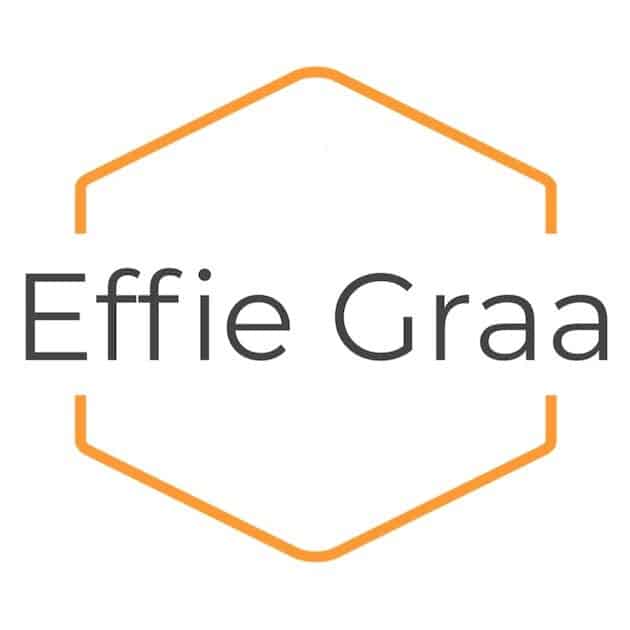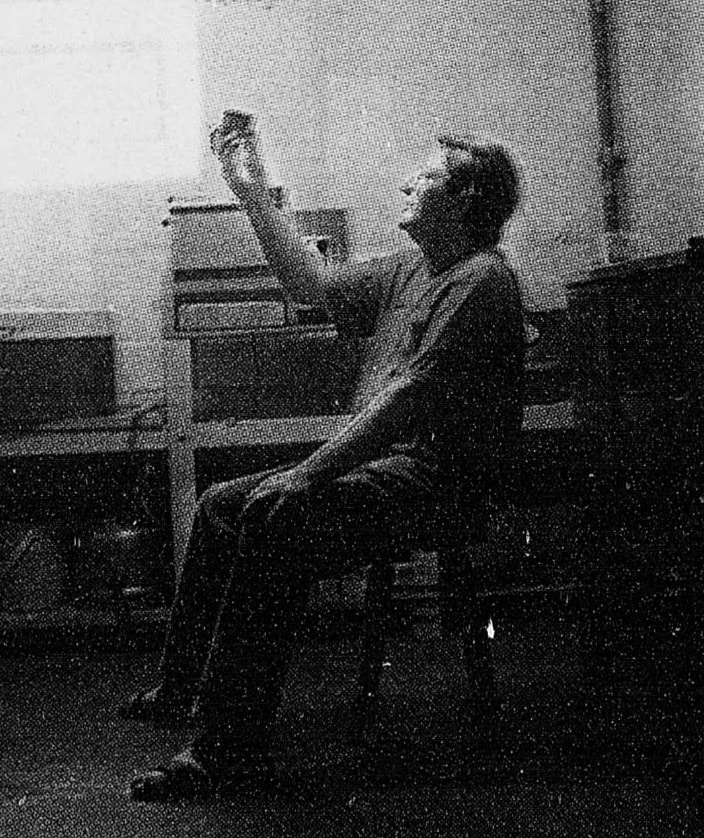
Sønke (Paulsen) Mahler (b. 1938)
Background
The enamel jewelry of David-Andersen of Norway is widely known for it’s high quality. The shiny surface gives a fascinating depth and liveliness to the design. There are however also a few examples of enamel jewelry with matte enamel. The matte surface comes form acid etching of the enamel after burning. This technique is unusual in Scandinavian jewelry, and more typical of German enamel jewelry from the 1950s and 1960s.
In the early 1960s Uni David-Andersen made brooches with a bold motive of polished silver surrounded by matte enamel in soft colours. Also in the 1960s, the German born designer Hannelore Sorge created a series of matte enamel jewelry in cloisonné technique with silver wires separating the different colours of enamel.
Sønke Paulsen Mahler for David-Andersen
A couple of decades later, Sønke Paulsen Mahler, also from Germany, designed matte enamel jewelry for David-Andersen, in which no wires are used to separate the different colours of enamel. This gives the enamel a specific artistic quality where the colours blend into one another, reminiscent of an abstract watercolour painting. Sønke Paulsen’s production for David-Andersen is not large, but quite striking. Sønke worked for David-Andersen on a freelance basis through the years 1985-89. And the jewelry are simply marked “Sønke” in addition to the company hallmarks.
Working for N. M. Thune
When he first came to Norway, after his training in Germany first as a goldsmith but also as an industrial designer, Sønke started working as a jewelry designer for the goldsmith company N. M. Thune. This was at a time when it was difficult to find customers for silver corpus/hollowware, and Thune shut down their silver workshop to concentrate on jewelry production.
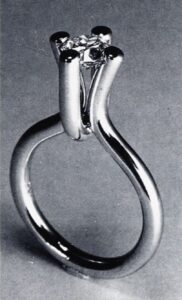 Sønke stayed with Thune from 1965 until 1978. In 1975 he won an award for an innovative gold ring with a single diamond set on an elegant elongated neck. In 1979 he went on to work on his own, creating studio jewelry and sculptural objects, something he has said is more to his liking compared to working with and for larger companies.
Sønke stayed with Thune from 1965 until 1978. In 1975 he won an award for an innovative gold ring with a single diamond set on an elegant elongated neck. In 1979 he went on to work on his own, creating studio jewelry and sculptural objects, something he has said is more to his liking compared to working with and for larger companies.
Name change to Mahler
Sønke is still active and has changed his surname to Mahler. He has worked in several other fields, such as collaborating on a porcelain table set for the well known company Porsgrunds Porselænsfabrik AS in Porsgrunn, and commissioned work for a church building. He has exhibited regularly, mostly contemporary, often large size jewelry, combining matte polished silver and gold with wood and other materials. In contrast to his earlier work for serial production, his studio jewelry is more characterized by almost primitive forms, by beauty shining through the simplicity of the artistic language.
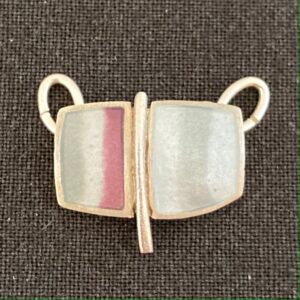
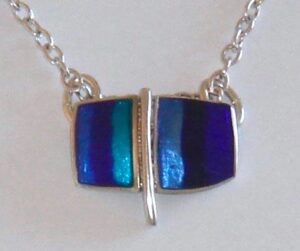
Table of Contents
Toggle